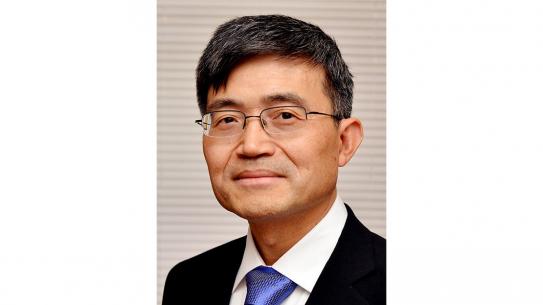When it comes to the surface of Mars, two robots are better than one

NYU's Robotic Design Team prepares for NASA’s Robotic Mining Competition
Each year, NASA’s Robotic Mining Competition finds dozens of teams from colleges across the country gathered at the Kennedy Space Center to demonstrate fully autonomous robots they have designed and built. The robots must be capable of mining simulated regolith (the powdery substance that covers the surface of Mars) and traversing an artificial — but realistically craggy — Martian terrain to excavate as much of it as possible.
While fun, the exercise has serious implications: In order to sustain human life on Mars and enable a return trip back to Earth, NASA has been researching In-Situ Resource Utilization (ISRU). If robotic excavators can be developed to extract raw resources like regolith, they could then be converted into water, fuel, building media, and other useful materials.
This year Tandon’s multidisciplinary team, led by captain Theodore Kim and advised by Professor of Computer Science and Engineering Haldun Hadimioglu, reasoned that two robots would be better than one, and they proved that assertion in late May, with a podium finish at the hotly anticipated competition; they came in third place overall, thanks to their innovative plan of having one robot to do the mining and the second to ferry the regolith to the collection point. (They also did exceptionally well in the technical-paper category, with a second-place finish.)
“Next year, the competition is being rebranded by NASA and will focus not on Mars but on lunar habitation,” Kim explained. “It’s tied into getting American astronauts, including a female astronaut, to settle on the lunar South Pole by 2024, and completing that mission in a sustainable way. While this year was special because it coincided with the 50th anniversary of the Apollo moon landing, next year will be noteworthy in its own right.”
“Although NASA has not yet released full official rules and regulations for next year’s competition, I have no doubt that the Tandon team will be up for any new challenges,” Hadimioglu said. “We’ve recently doubled in size to some 50 members, and we’re planning to add a project management crew to the mix, and we’re all excited to get started.”
By the numbers
Number of students on the team: 29
Number of hours spent on the project: 3000+
Number of pizzas consumed during meetings: 98




